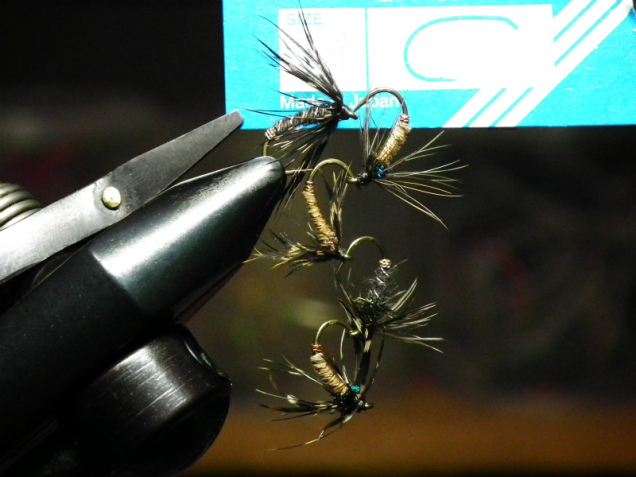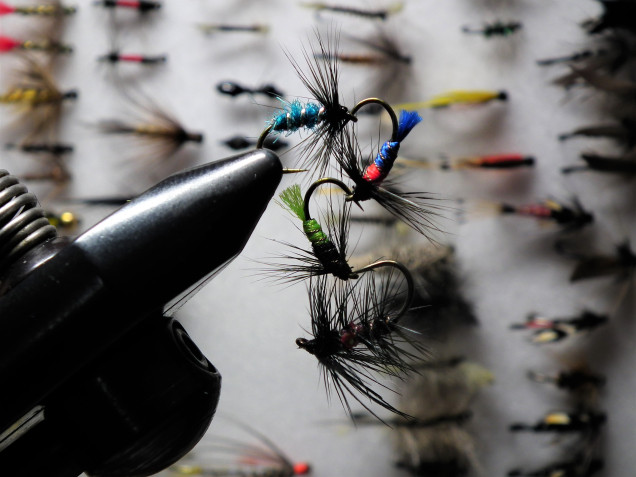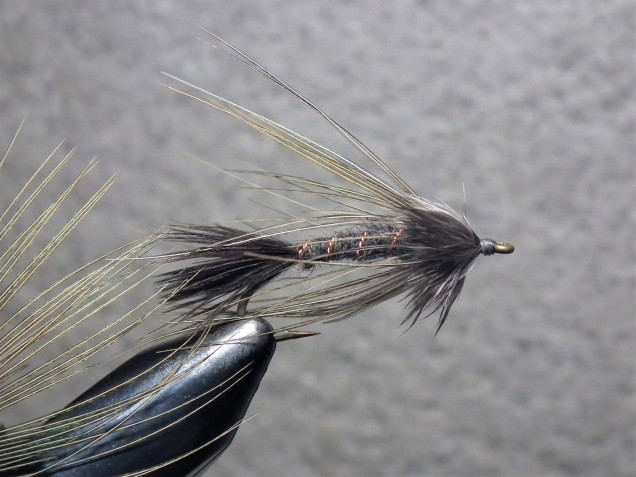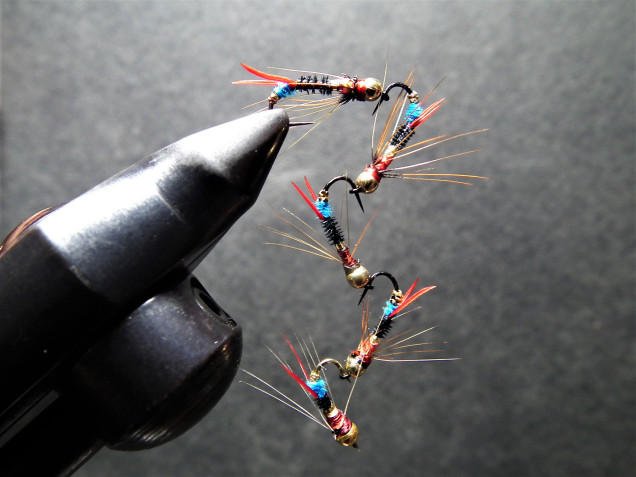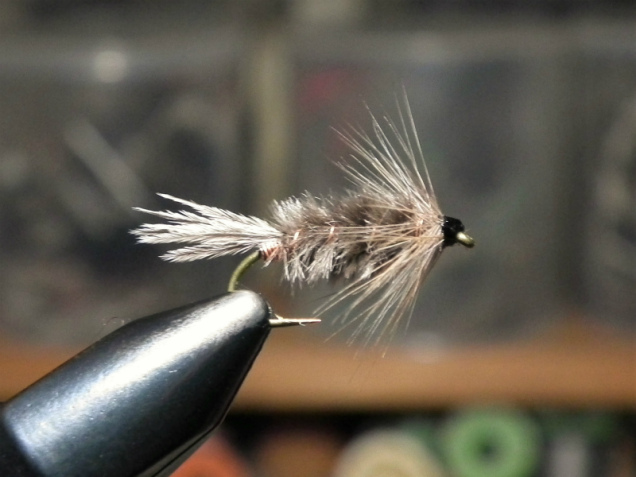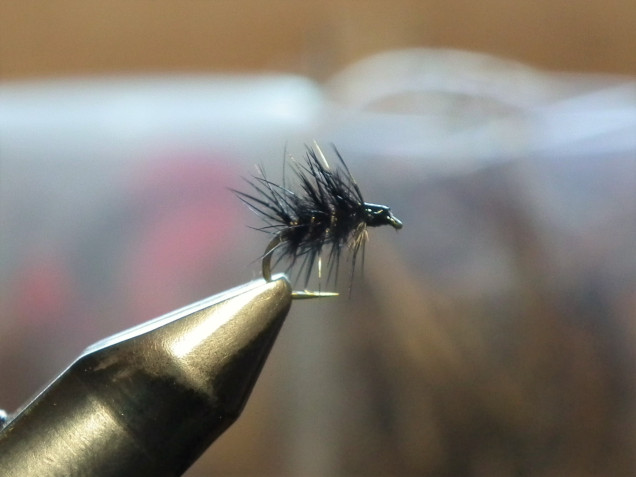My first experience with tenkara fly fishing was on a bass/bluegill pond. Here, the trout season runs between the last Saturday in April through the 15th of November. We have a seasonal cycle in the mountains I fish - Snow runoff on the streams begins in the Spring, good fishing conditions and water levels flow though the summer months on streams, with very low water conditions and difficult fishing conditions prevailing in the Fall. When the streams fish poorly, the lakes usually are fishing at their best.
For both lakes and steams, Thermal Up-Draft winds are nearly an everyday fact of life in the mountains. The streams are mostly infertile Free Stone Streams. And like wise the lakes are also acidic, and lacking in plant growth and abundant insect populations. The daily thermal Blow-In-Winds provide the bulk of the trout’s food in the form of Terrestrial Insects - ants, beetles, hoppers and such - for both the lakes and streams.
Mountain climbers climb mountains because they are there. I fish lakes for much the same reason but, there is a little more to it than just that. Around here the lakes produce bigger, stronger, and more challenging fish to catch than the streams do. In still waters, the trout have an unlimited amount of time to decide whether to take your fly or reject it, where stream fish must make a quick decision or go without, so patterns and presentations have to be more to the trout’s liking in still water environments than they need to be in streams.
In streams the trout hold in places where the flowing water brings their food to them. In lakes, the fish constantly move in search of their meals. Once you learn the kinds of places that trout hold in streams, you can prettily easily pick the pockets and catch the fish. In still waters it is Spot-And-Stalk-Fishing game, where the angler has to find the fish, see the fish a head of time, determine its line of travel, lead it with his cast allowing enough distance for the fly to land on the water with out spooking the fish, float there and or to sink to near the trout’s eye level, and then move the fly in a life-like manor to get a strike. Flowing streams automatically provide all the motion the angler and the trout need. For both kinds of angling, the fisherman’s most valuable tool is a good pair of quality made Polarized Sunglasses.
Generally speaking still water is thought of as having no current, but as was mentioned above the best place to fish in lakes is along the windward shore, where all those terrestrial insects that the wind delivers tend to accumulate, and the trout cruise looking to pick them off near shore and in the splash-back zone from wave action. Because nearly all furled and level T-lines sink, a Floating PVC coated T-line with a tapered slow sinking leader butt is the best tool to use for casting into the wind and getting the drag free drifts the trout will respond positively to, because the sinking lines causes any fly you present with it to drag, putting the fish off most of the time.
When I started tenkara fly fishing, I carried both Western and Tenkara gear for fishing the high lakes because I was concerned that tenkara lacked the casting distance needed to succeed on the lakes, which proved to be a false impression. For sure stealth on the lakes is even more important than it is for stream fishing, where the flowing waters provide much more cover for the angler than lakes provide. But the longer rod length of tenkara style rods gives the angler some of this distance back. And it allows the angler to present and fish his fly parallel to sedge reeds growing out in the water along the shore of some lakes much better than can be done with a Western fly rod. But lakes with timber growing right up to the water line are troublesome in that it can be very hard to lay your rod back far enough to get a hold of your line to land your fish, so always pick your casting locations with your fish landing strategies in mind.
I now catch just as many (and probably more) fish with fixed line tackle as I did before with my Western fly rod and reel tackle. But more importantly, to me at least, is that I enjoy the direct contact and feeling I get from catching tenkara fish so much more than I ever did with my Western fly fishing gear.
